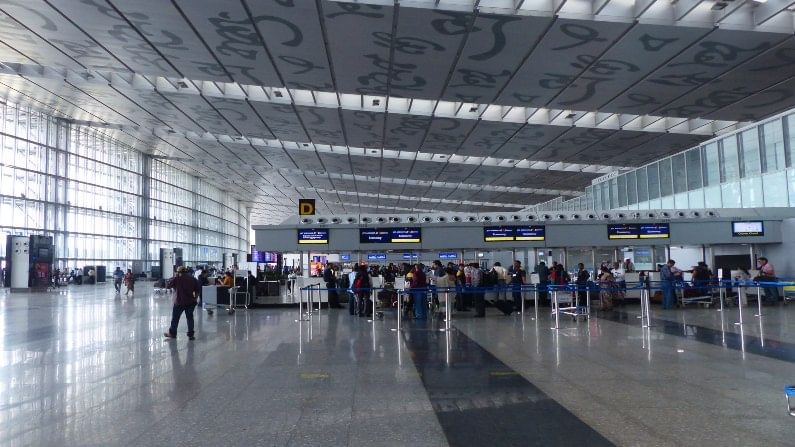Domestic air passenger traffic nosedives to 19.20 lakh in May: Report
With such a sharp fall, the domestic passenger traffic reached lower than the June-July 2020 levels, rating agency Icra said
- Press Trust of India
- Last Updated : June 3, 2021, 20:05 IST

Mumbai: Domestic air traffic nosedived to 19.20 lakh passengers in May from around 57.3 lakh in April, registering a sharp 65-67% month-on-month contraction on account of the second wave of the pandemic, a report said on Thursday.
With such a sharp fall, the domestic passenger traffic reached lower than the June-July 2020 levels, rating agency Icra said.
At the same time, the airlines’ capacity deployment for May was lower by around 54-55% at 27,700 departures, compared to about 60,300 departures in April this year, indicating the lower demand stemming from averseness of consumers to travel due to the rise in infections, it said.
For May 2021, the average daily departures were around 900, significantly lower than around 2,000 in April 2021. The average number of passengers per flight during May was 72, against an average of 93 passengers per flight in April 2021, said Kinjal Shah, Vice President and Co-Group Head at Icra.
“The gradual decline depicts the continuing stress on demand, driven largely by the second wave of COVID-19, limiting travel to only necessary travel, while both leisure and business travel have been curtailed due to various state-wide restrictions and the spread of the infections,” she noted.
The international passenger traffic, which is being carried out under Vande Bharat Mission and air bubble pacts with various countries in the absence of regular commercial international flight services since late March last year, stood at around 1.4 lakh, a sequential decline of around 96%, the report said.
This was due to the cancellation of flights to/from India by many countries like the US, the UK, Singapore, Kuwait, France, Canada, Australia, Iran, Indonesia and the UAE, which had air bubble pact or are under the VBM, citing the increasing coronavirus cases, it added.
The international operations through VBM or the ATB route were the only source of revenue for airlines and the cancellation of flights by the destination countries will further impact the beleaguered domestic carriers, the agency noted.
After ramping up the domestic capacity deployment for airlines from 33% in late May last year to 80% in December, the civil aviation ministry has again reduced it to 50% of pre-Covid levels with effect from June 1 due to resurgence of the second wave of the pandemic following the domestic airlines urging the government to allow to do so amid weak demand.
Along with this, the ministry also raised the lower limit on fares by 13 to 16%, while keeping the upper fare band limit unchanged.
Since the demand for domestic travel itself is lower, the reduced capacity is unlikely to have any material impact on the airline operations, according to Icra.
The lower airfare band has been increased by around 13-15%, keeping the upper limits unchanged. This will allow airlines to recoup some part of the increase in aviation turbine fuel (ATF) prices, thereby cushioning some impact on the airlines’ losses, the rating agency said.
According to Icra, the fare increase may not materially impact the passenger traffic demand as in the current scenario, the travel is limited to only necessary travel.
The inclusion of the aviation sector under ECLGS 3.0, which provides airlines access to additional funding to the extent of 40% of their loan outstanding or Rs 200 crore, whichever is lower, at an attractive interest rate, will provide the much-needed-liquidity support to the airlines to help them manage their cash flows in the near-term.
Download Money9 App for the latest updates on Personal Finance.
Related
- Top 25 Best Selling Cars in the US Q1 2025 Ford Leads Tesla Holds, and Sedans Make a Comeback
- Vegan vs Non-Vegetarian: Which Diet Is More Nutritious and Better for Your Health?
- होंडा ने हेडलाइट समस्या को ठीक करने के लिए वापस मंगवाई CB300R मोटरसाइकिलें
- RBI ने लगातार दूसरी बार रेपो दर में कटौती की, कर्ज होंगे सस्ते
- Tata Motors की वैश्विक थोक बिक्री चौथी तिमाही में 3% घटकर 366177 इकाई
- सुरक्षा मानदंडों को पूरा करने की बढ़ती लागत की वजह से दाम बढ़ा रही हैं कार कंपनियां

